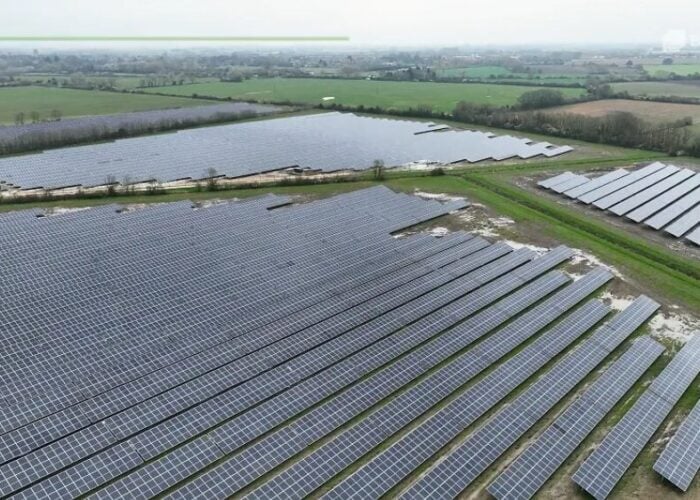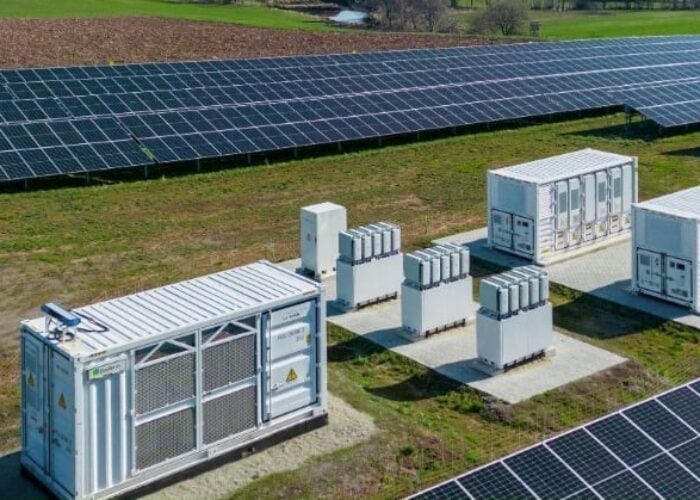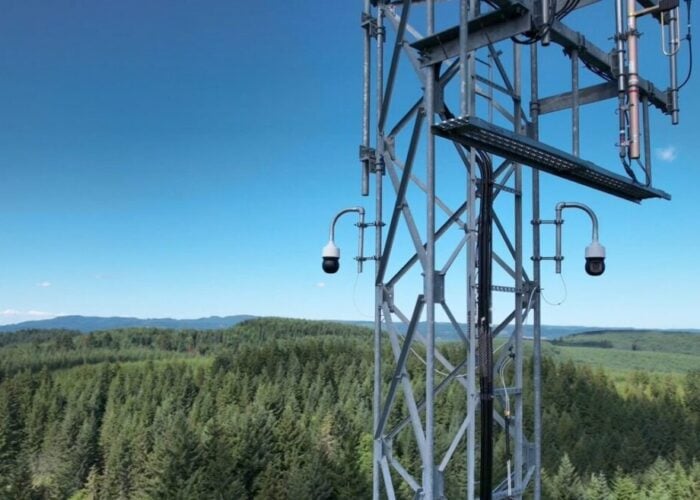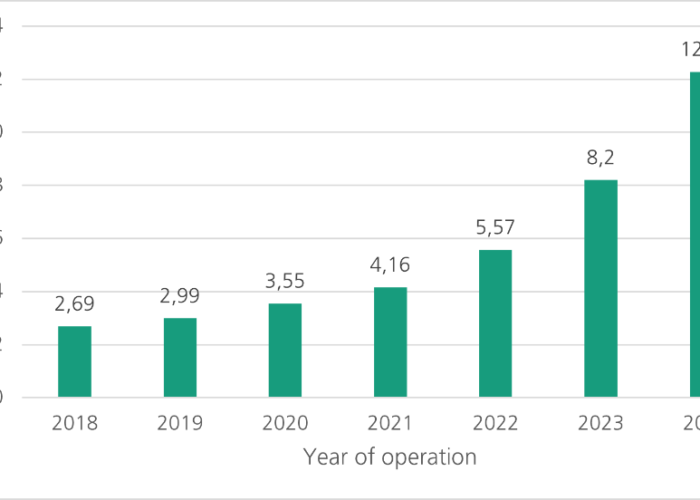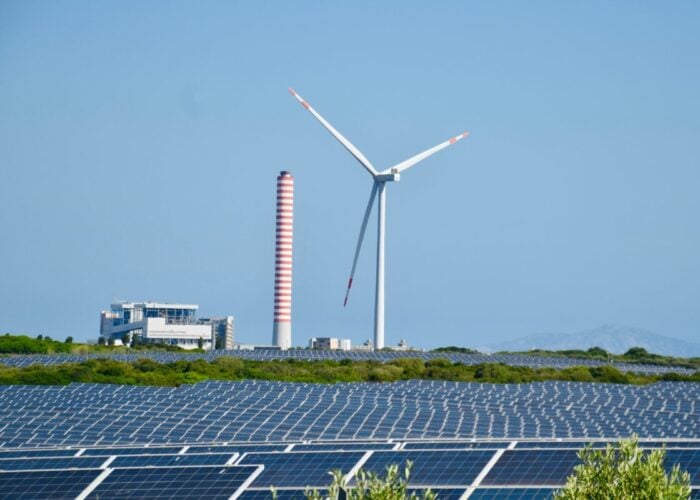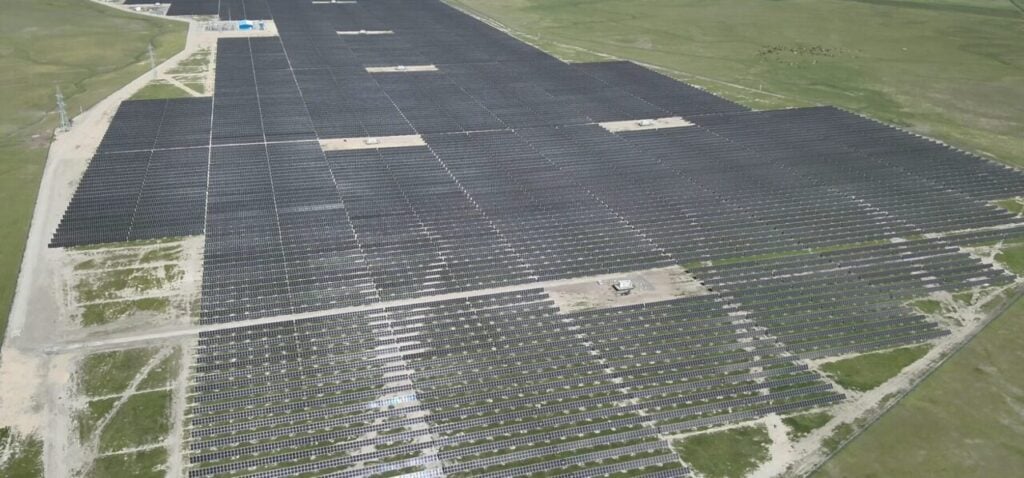
Spanish independent power producer (IPP) Fotowatio Renewables Ventures (FRV) has started commercial operations at its 55MW Masrik-1 PV project in Armenia, the largest to enter operation in the country.
Construction was completed by the China Machinery Engineering Corporation (CMEC) and the project was financed by a number of organisations, including the International Finance Corporation (IFC), the European Bank for Reconstruction and Development (EBRD), the EU and America bank. The project is thought to cost US$57 million, with the EBRD providing US$35.4 million in long-term debt finance and the IFC contributing US$11 million as a loan.
Try Premium for just $1
- Full premium access for the first month at only $1
- Converts to an annual rate after 30 days unless cancelled
- Cancel anytime during the trial period
Premium Benefits
- Expert industry analysis and interviews
- Digital access to PV Tech Power journal
- Exclusive event discounts
Or get the full Premium subscription right away
Or continue reading this article for free
FRV noted that electricity generated at the project would be sold to Electrical Networks of Armenia CJSC (ENA), a utility, through a power purchase agreement (PPA). The Masrik-1 project is FRV’s first in Armenia, and the company has sought to expand its operations in Europe and Oceania in recent years, advancing projects in Finland and Australia.
“Armenia has enormous potential for renewable energy, and we are proud to contribute to its energy development and a more sustainable future,” said Tristán Higuero, FRV chief business development officer. The Armenian solar sector has grown considerably in recent years, with annual generation jumping from 0.14TWh in 2020 to an all0time high of 0.86TWh in 2024, according to Ember Climate.
Armenia’s solar sector now accounts for around one-tenth of the country’s domestic electricity generation, and while the majority of Armenian electricity is generated by low-carbon sources, gas (responsible for 39.8% of generation) and nuclear (30%) are still the energy sources that account for the most generation in the country.

